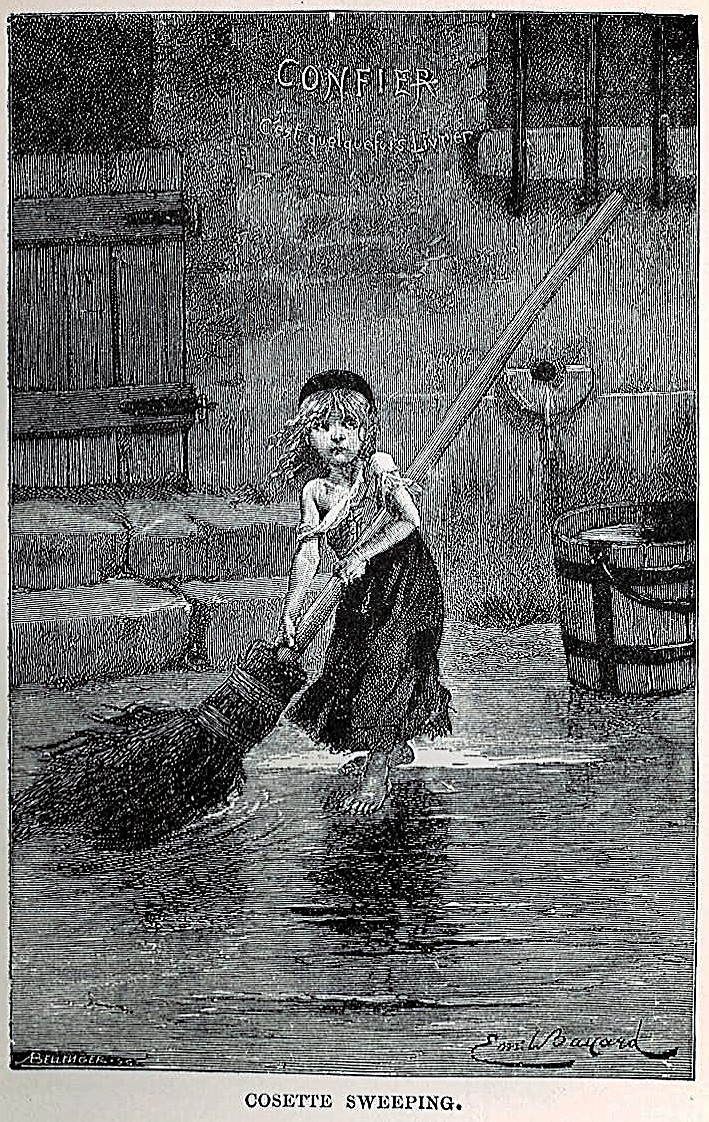The Tube map has helped define London - particularly to the many new migrants... But it is only one way of seeing. look a bit deeper and the perspective on London Landscape changes (see list of maps below)
Reprinted from http://londonist.com/2013/01/alternative-tube-maps-circles-within-circles.php...
 |
| Jonathan Fisher's tube map http://www.massingbird.com/ |
It’s often said that, elegant though the Tube map is, it’s getting
increasingly cluttered as more lines and stations are added. Crossrail, the
extension of the Northern Line, and the reintroduction of Thameslink will one
day make matters even worse. So various attempts have been made to redesign the
geometry (not least, our own stab at a 3-D version). This reworked
map from Jonathan Fisher
is the latest example. Like earlier efforts by Francisco
Dans and Maxwell Roberts, Jonathan has dispensed with Harry Beck’s
original angles, introducing curves and circles into the diagram.
Jonathan tells us about his inspiration and methodology:
Other alternative "Tube" maps
Jonathan tells us about his inspiration and methodology:
The idea was to create a map that made clear the new orbital route created by the Overground connection from Surrey Quays to Clapham Junction — to make these stations and the line itself feel simple and like a part of central London rather than a tangled complicated suburban line.The map certainly looks impressive and attractive, and includes the Thameslink route currently absent from the standard Tube map. Like all similar efforts, though, it does have its downsides. Chief among them is the dense central section, which would be difficult to read on a pocket-sized Tube leaflet. The elongated line interchanges — most notably at Bank and King’s Cross — might also jar with some people.
I liked the very simple idea of an inner circle line and an outer circle oribital line, and making these two circles have a simple relationship to one another, and I also liked the idea of making the centre of the circles the centre of London. The Moscow subway map starts from a similar principle and I like that level of clarity.I started with this simple diagram of a small circle inside a large circle with the centre of London in the centre and then tried to make the rest of the map work around this. It admittedly creates some geographic peculiarities but I don’t mind this, its only a diagram, and primarily I was trying to create a beautiful clear diagram, not a geographically true one. What I always find strange about the current tube map is that it makes a half hearted effort at geographical accuracy but it actually isn’t true at all, its very misleading. Visitors to London believe that it’s nearly true, but its not. I like the way this map doesn’t pretend it has any geographical honesty, it is purely diagrammatic.Also, I liked the way that by removing the Thames, and making London feel contained by a clear circle (the Overground), there is no distinction between north of the river and south of the river. London feels whole.
Ultimately, it would be nice to see more concentric circles in the diagram (i.e. more around London routes). These would make travelling to the centre of London less important and (hopefully) strengthen suburban identities.
Other alternative "Tube" maps
- 3-D Tube map
- 3-D Tube map (rotatable)
- 3-D Station maps
- Accessible Tube Map (unofficial)
- Accessible Tube Map (official…PDF)
- Anagrams (station names rearranged)
- Biblical Tube map
- Brighton link (and other manipulations)
- Chromatic (beautiful circle of overlapping line colours)
- Curvy
- Curvier
- Curvier still
- Daily Mail’s moral underground
- Distance between stations (as warped grid)
- District Line hand-drawn map (from our ongoing series)
- Doctor Who (each line represents a different doctor)
- Fictional (non-existent stations from film / TV / other)
- Flooded (map showing potential effects of sea level rises by 2100)
- Football (station names changed to footballers/teams)
- Galaxy (pastiche Tube map showing our galaxy’s salient features)
- Geographic (the stations in almost the right places)
- Geographic (an even slicker alternative to the above…PDF)
- German (station names translated)
- Google Doodle (celebrating the Underground’s 150th birthday)
- The Great Bear (original alt.Tube map by artist Simon Patterson)
- Historic (scans of official Tube maps dating back to 1908)
- How to Take Your Appendix Out On The Piccadilly Line (Monty Python silliness from 1974)
- Lampshade (novelty furniture)
- Large print (official)
- Latin America (map of the region in the style of a Tube map, PDF)
- Life Expectancy (by Tube station)
- Lord of the Rings (pastiche showing Middle Earth Locations, here in T-shirt form)
- Memory (Londoners asked to draw network from memory)
- Morphing (map morphs to an old Harry Beck version, then a geographic map)
- Musical Tube (musicians and groups from Sony)
- Novelty Tube Journeys (pastiche showing connected ideas as Tube lines)
- Olympic Superstars (official TfL map with station names replaced by athletes)
- Olympic venues
- Realtime (mashup of current Tube train locations on Google map)
- Restaurants
- Science (pastiche map listing important scientists)
- Toilets at stations (official)
- Travel times between stations (map warps depending on your station)
- Twin Tubes (showing sidings, depots and both directions)
- Uncluttered (our own minimalist Tube map)
- Underground (how much of the Tube is actually underground?)
- Upside-down (PDF; suddenly south London has far more stations)
- US Interstates (influenced by Tube map)
- US Numbered Highways (influenced by Tube map)
- Victoria Line slander (station names changed to reflect station character)
- Walking (dotted lines show stations that are closer by foot than by Tube)
- Walking (PDF; another version showing walking distances between stations)
- Walking (and a third variant)
- Waterways (with embedded sound files)






























